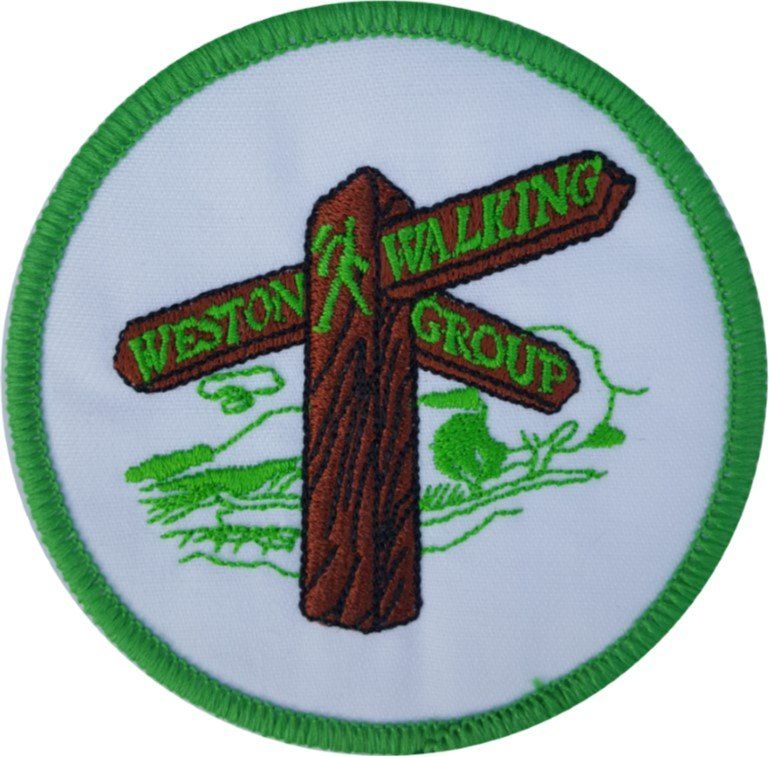
Weston Walking Group
Weston Walking Group’s Walking Holiday in Nerja, Spain May 2023
Twelve Members of Weston Walking Group had a week’s walking holiday in a town called Nerja, approximately 40kms east of Malaga, in Southern Spain. Nerja is a pleasant town on the coast which is backed by the mountains of the Sierras Almijara and Tejeda. The most notable mountain overlooking the town is El Cielo(The Sky) at 1508m above sea level. Nerja is an excellent place in which to base a walking holiday owing to its very accessible, but varying, coastline and inland walks.
Day One: Maro and the Tower
We walked from Maro, the first village along the coast, east of Nerja, up to the tower on the cliffs and then back again. Maro is a small white village overlooking the sea, and which was noted for the growing of sugar cane. There are remains of an old sugar cane factory owned by the Larios family of Spanish gin fame.
The tower, on the opposite hill is one of a line of fortresses built in the 16th century to protect farmers and fisherman from marauding pirates. There was a ladder up to the window leading inside where fire was lit to warn of piracy. The views from the tower are superb .
From the tower we saw part of the old original coast road, where, during the Spanish Civil War, thousands of mainly women children and elderly were fleeing from Malaga to Almunecar, where they thought they would be safe. Unfortunately, Franco and his allies got wind of their flight, and attacked them from the air. The trek was called “La Desbanda” and no one knows how many were slaughtered but it is thought to be thousands. Since 2005, a memorial service has been held on 7th February in Torre del Mar, because relatives of the victims felt that ,whilst owing to Picasso’s painting of Guernica people know of the massacre there, but little is known about what happened in this part of Spain.
On the way back, we looked at the aqueduct built in the 18th century to carry water to the sugar cane factory. This is an iconic piece of engineering for which Nerja is famous. Some people also visited the caves nearby.
Day two: Torrox pueblo
We caught two buses up to the village (pueblo) of Torrox. Again, this is a typical white Andalusian village, largely unspoiled. The climb along the concrete path north of the village is quite steep but it is worth doing because we then walked down through a virtually unspoiled valley with old terraces either side to the valley of the River Torrox. We could see mountains in the background, specifically the conical peak of Lucero(1744m) and the medieval village of Caserones. We saw lemon trees, nisperos, olives almonds growing as well as mango and avacados and Dragon fruit with which they are experimenting.
Day three: A visit to El Caminito del Rey and El Torcal.
This was a particularly memorable day. We went about 40kms inland in minibus and cars. Firstly we went to El Caminito del Rey(The little path of the King). Originally the path was built for workers to join two HEP plants. It was completed in 1905 when the King Alonso came to open it. Over the years the path deteriorated but in 2015 an extensive overall was completed. The walkway 1 metre wide and 300ms above the river below. The new path clings to the cliffs with a small suspension bridge at the end. A railway goes on the other side of part of it and it is where the film Von Ryans Express with Frank Sinatra was filmed.
We then drove north and inland to Bobadillo and were able to see another part of Andalusia before turning to Antequera and on to El Torcal. This is an amazing upland limestone area which over the years has been shaped by wind and water. We were able to do a short walk and then climb up to see ammonites embedded in the rocks. The views from there again were tremendous.
Everyone agreed that this was an amazing and unusual experience.
Day Four: Figiliana
We caught the local bus and went up to another typical white village called Frigiliana . Despite this being somewhat “touristy”, it has still maintained its original charm. We climbed behind the village again with good views and we saw sugar cane growing on small terraces.
Some of us walked back to Nerja . This meant going down into the river gorge and following the very dry Rio Higueron. Although not long, this is a challenging walk going along the gorge, over some boulders and down staircase without proper handrails!
Day five: Coronation Day
Most of us caught the bus westward along the coast to Caleta del Mar to visit a Spanish market. We then set off back along the coast , through what was the small fishing village. It got very hot and so we called for lifts to take us from El Morche to Torrox where we enjoyed a buffet lunch whilst some watched the Spanish version of the Coronation.
Day six : Final Walking Day
We took the tourist train o Nerja caves and did a shorter walk inland a little way along the coast. We took a small path which was originally a mule track . We went to visit a natural arch ,made of conglomerate and had a break there. We then returned across an old quarry. This was unusual and interesting as we could see old workings including dynamite store, but also old abandoned machinery which was left after building the motorway.
Back to the hotel/Nerja on the Tourist Train and the Walking Holiday was over.
Everyone agreed that we had had a good walking holiday and at times, some of the walks were perhaps a bit more challenging than we do in UK but nevertheless enjoyable. We were extremely lucky with the weather and, as not many of the group had visited that part of Spain before, it was quite a new experience in a lovely part of Spain.
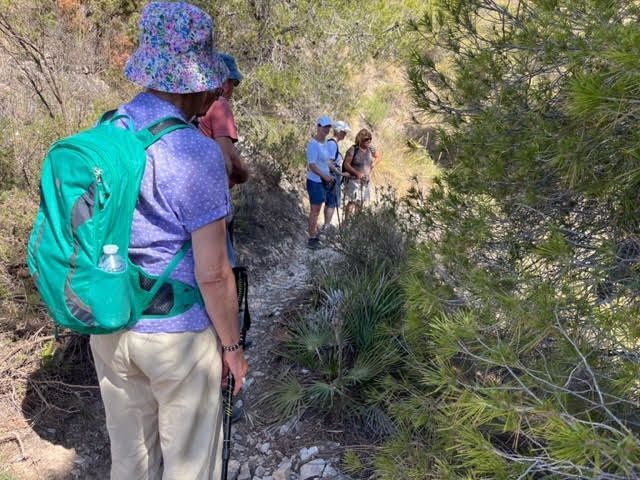
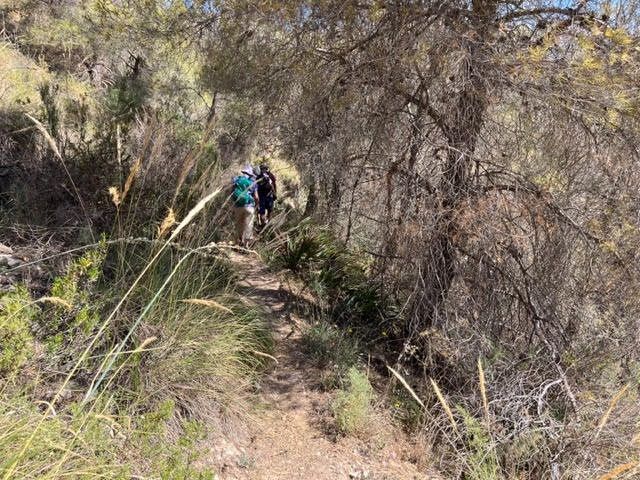
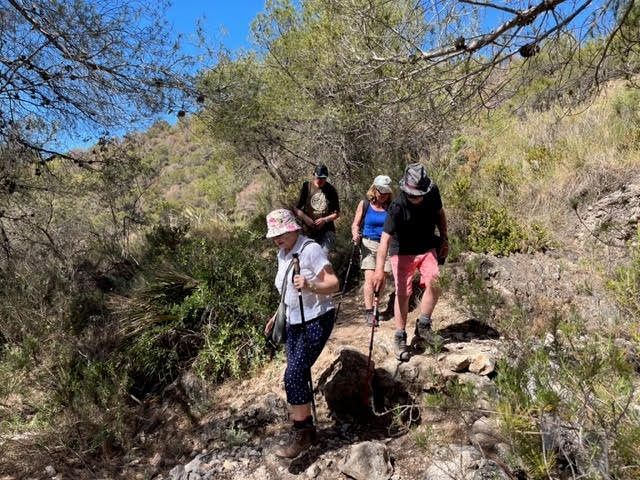
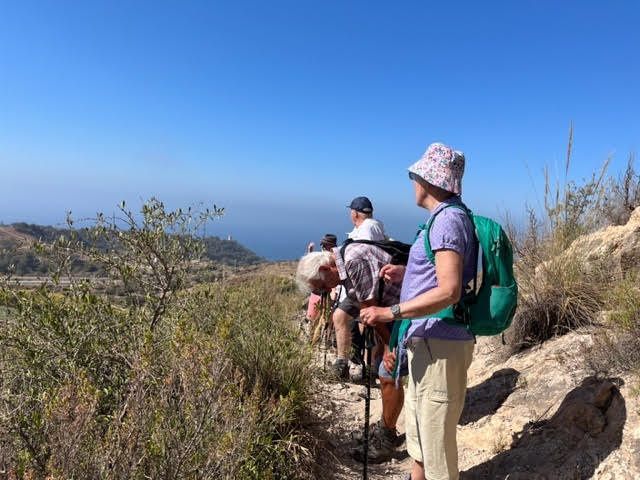
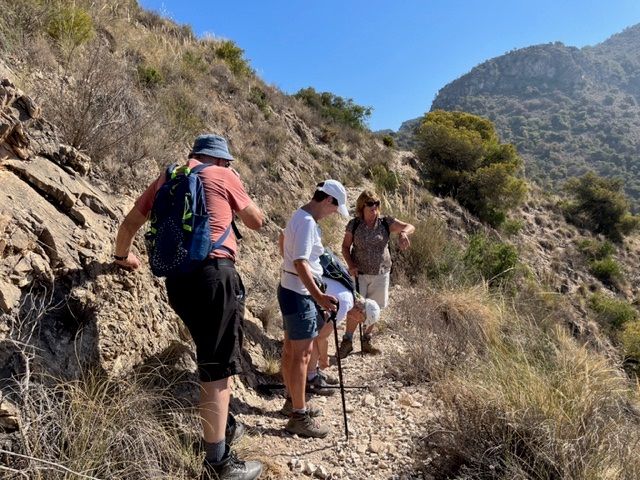
Follow Us
Design by Weston Walking Group 2023